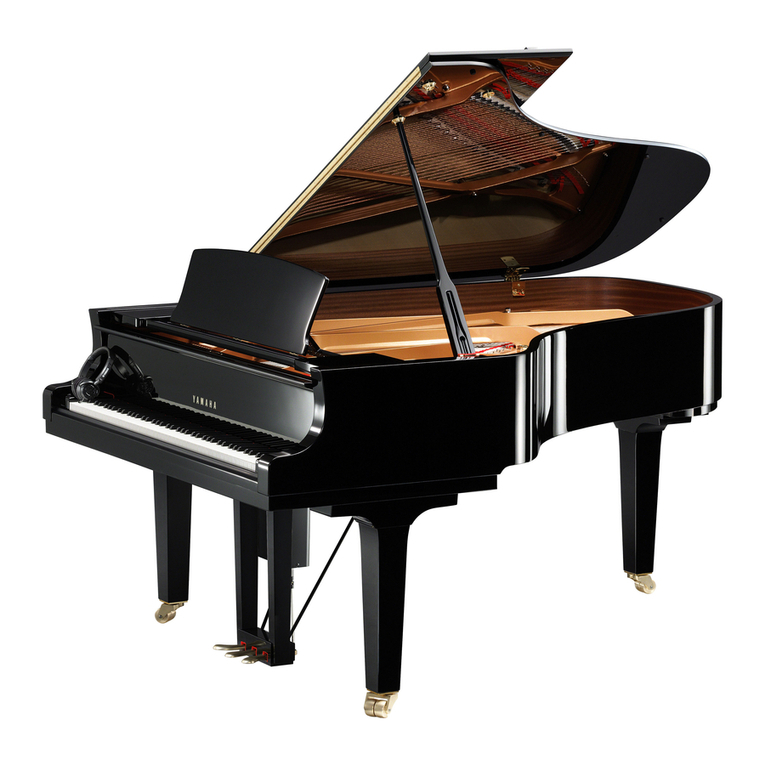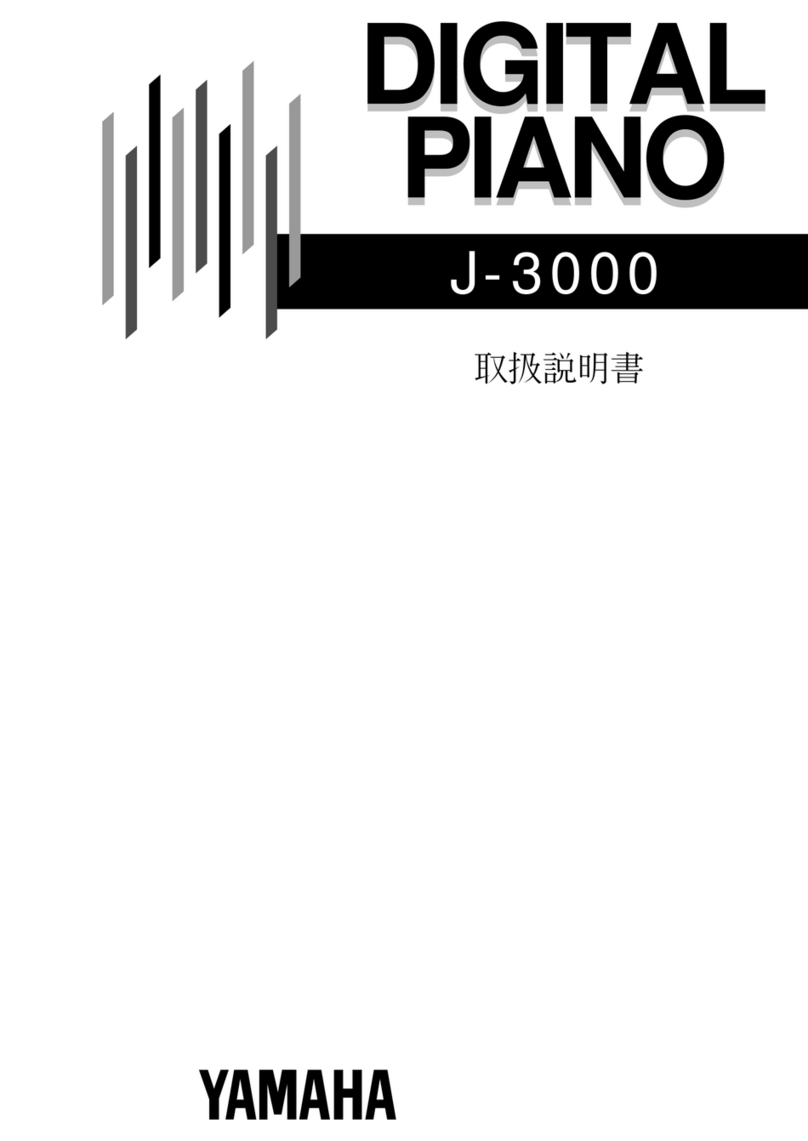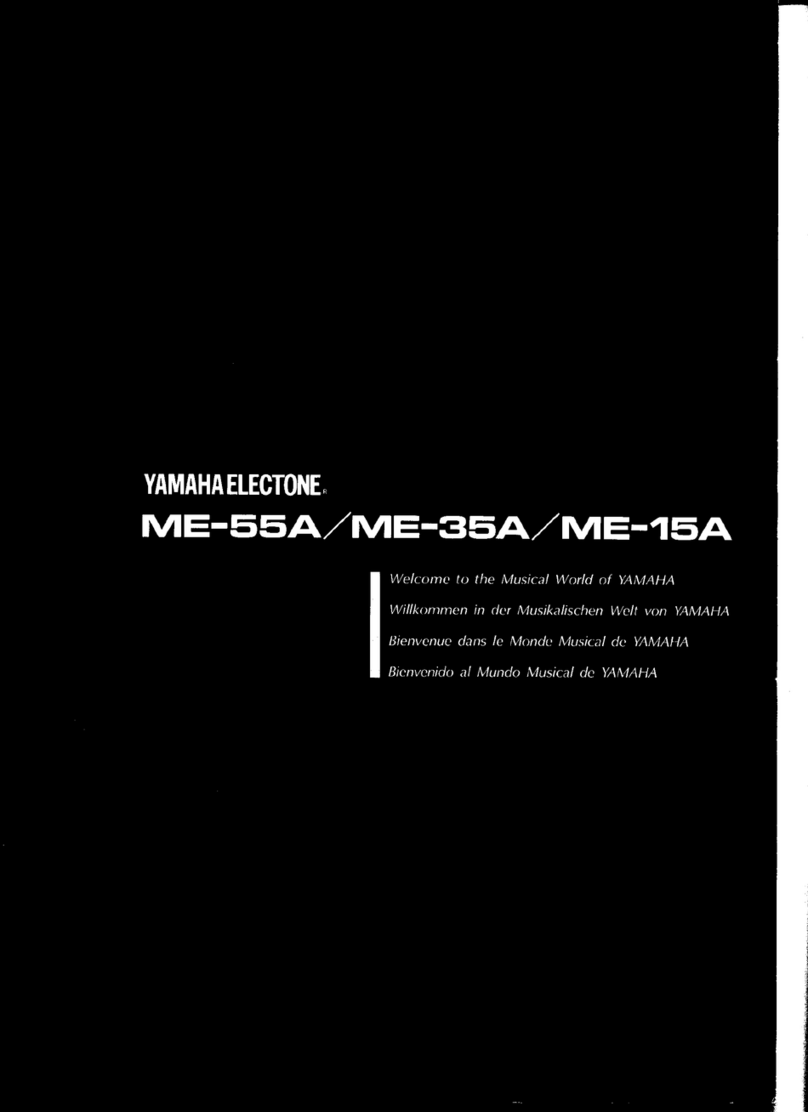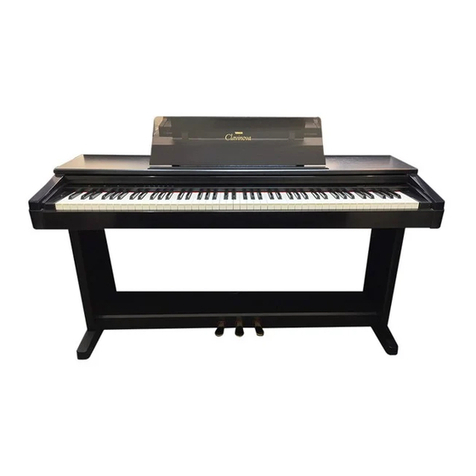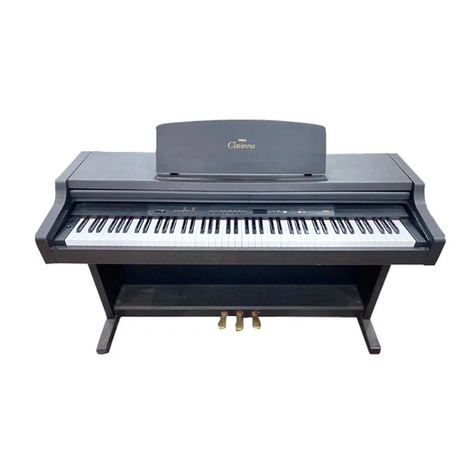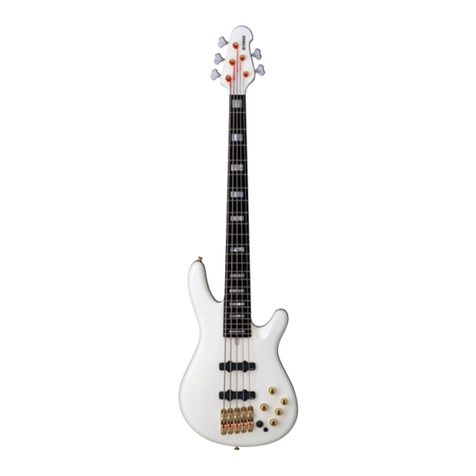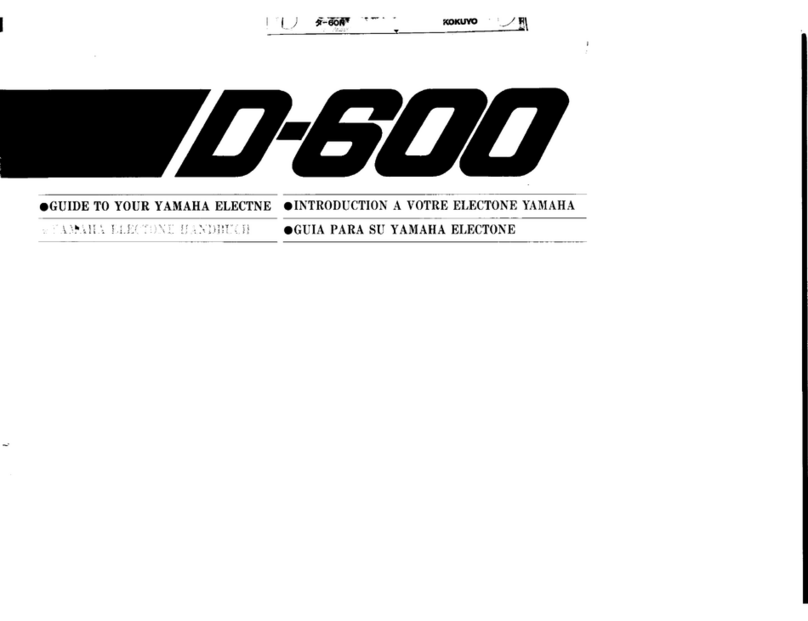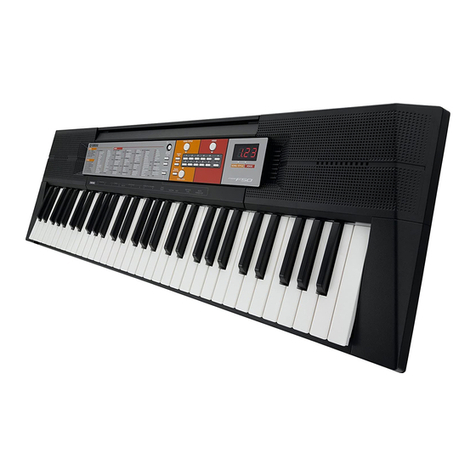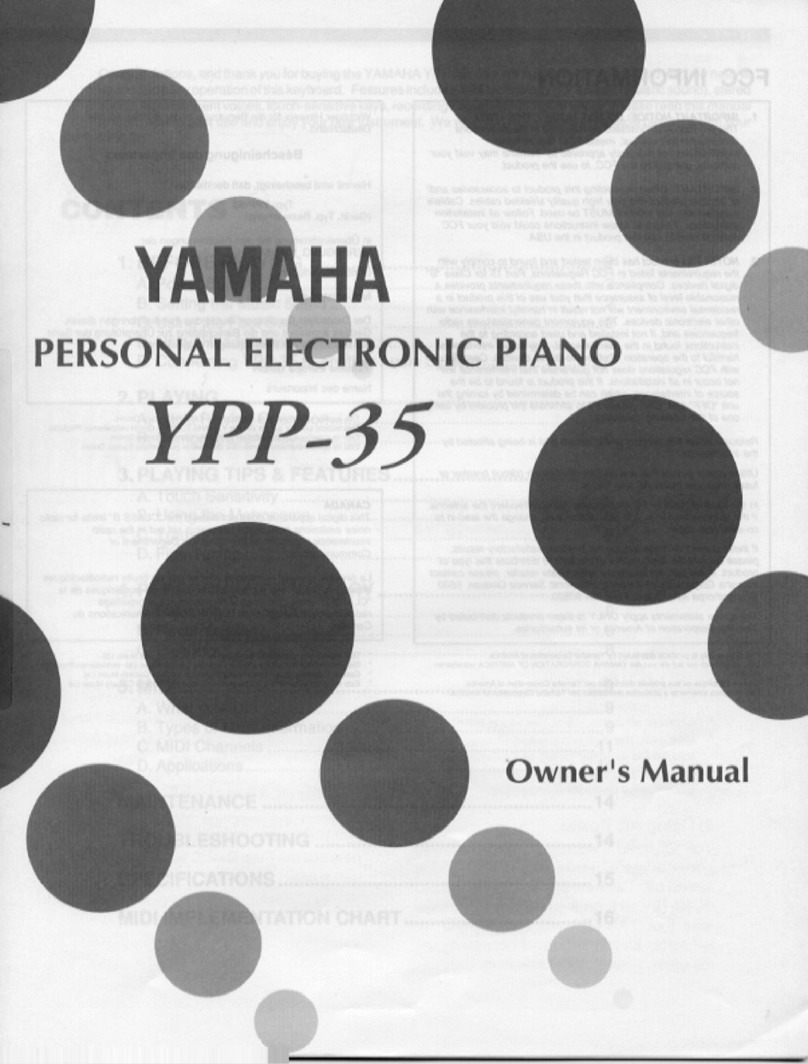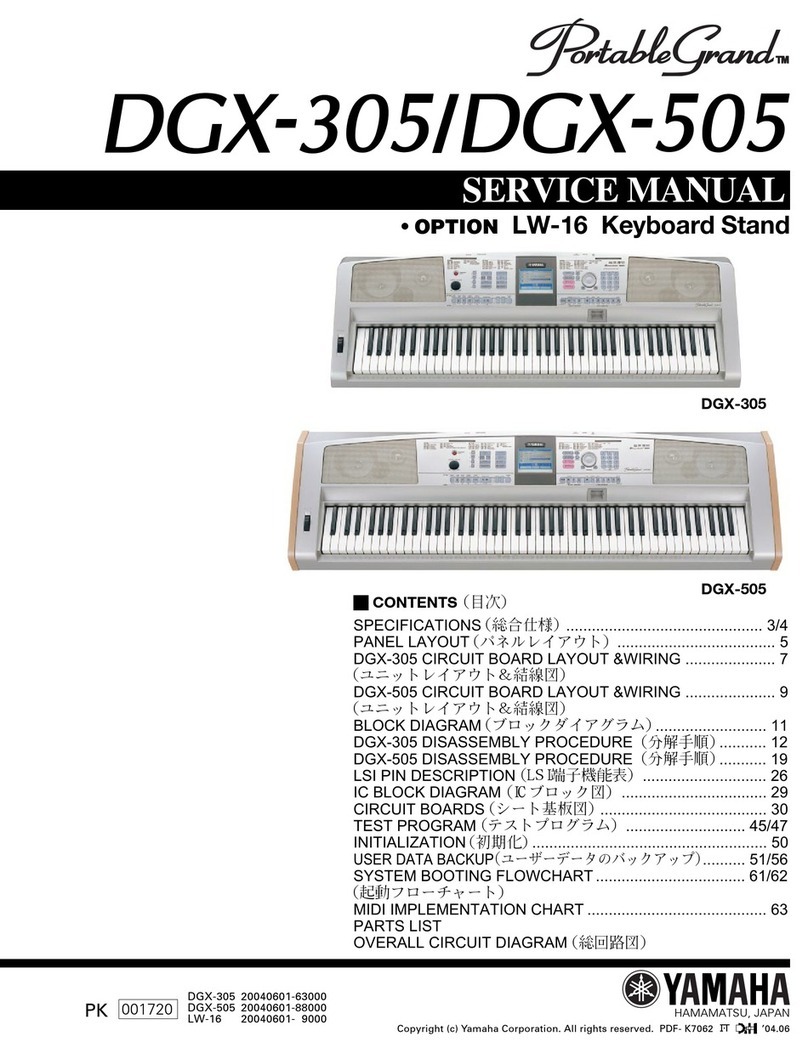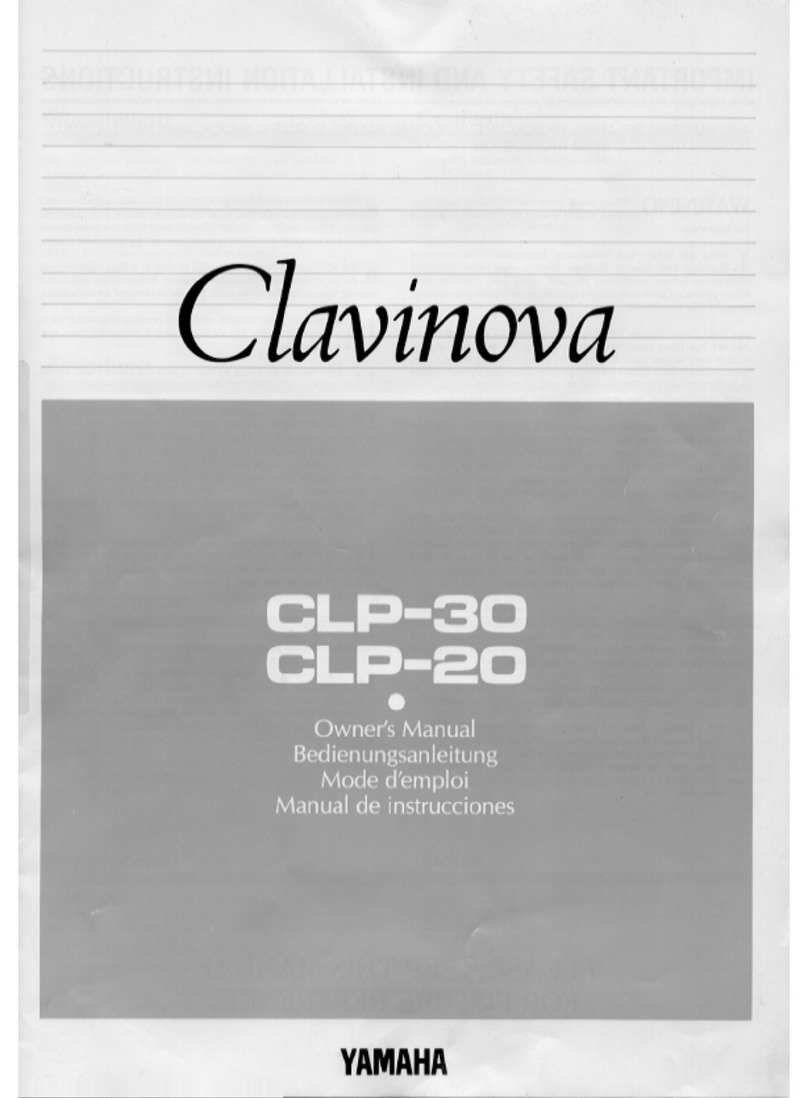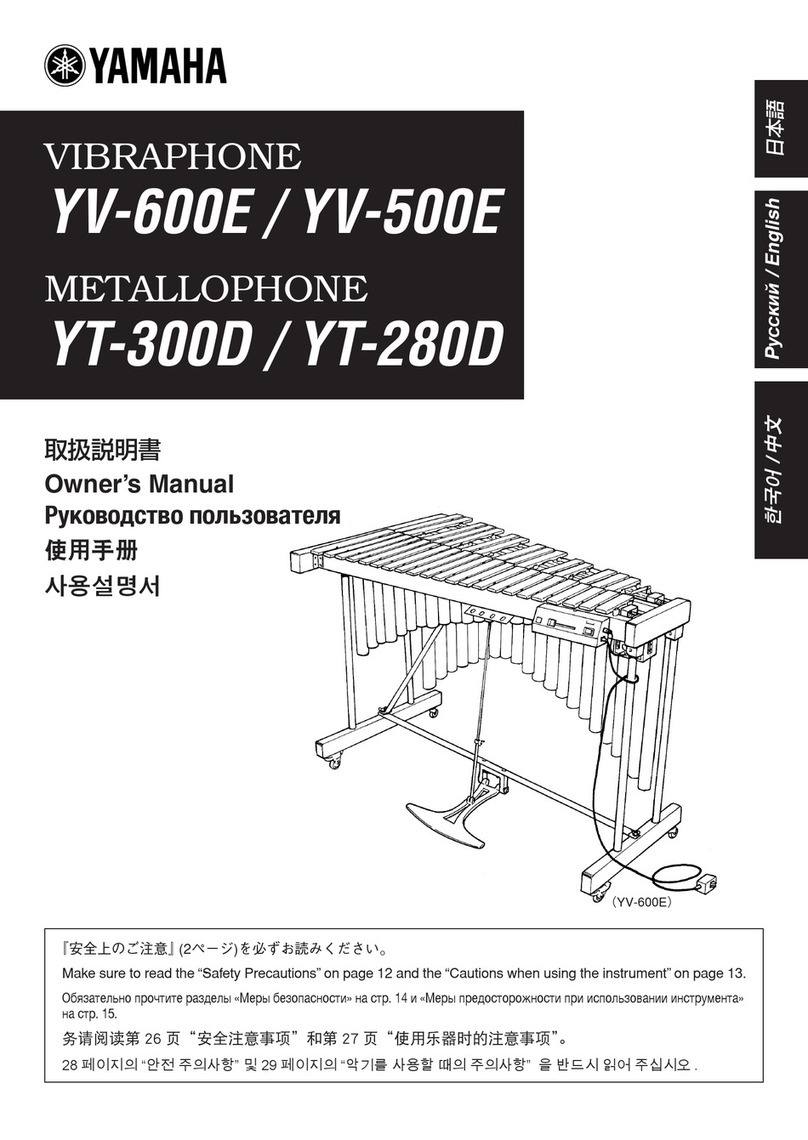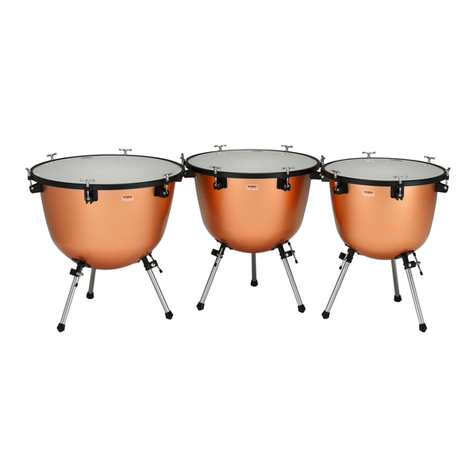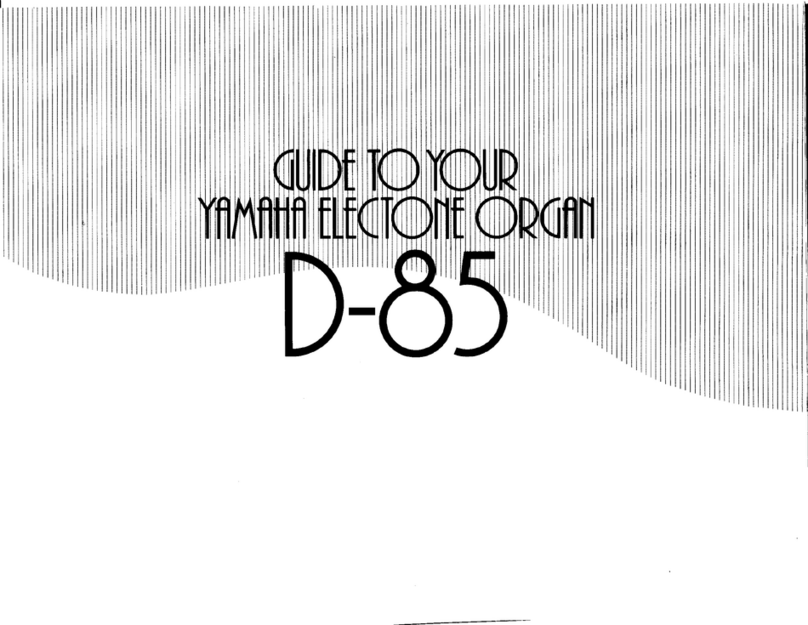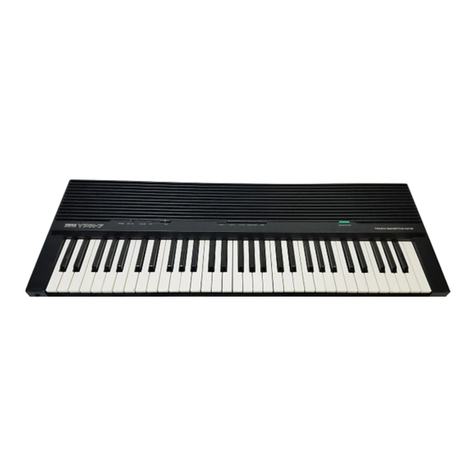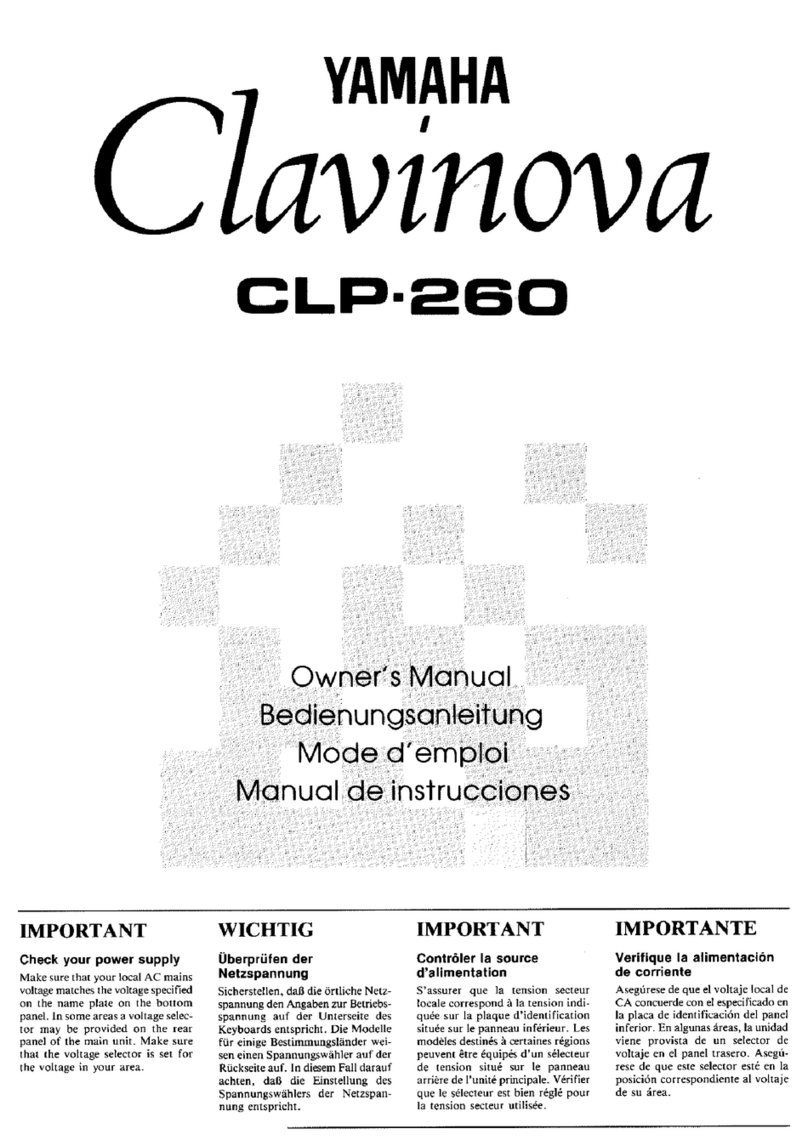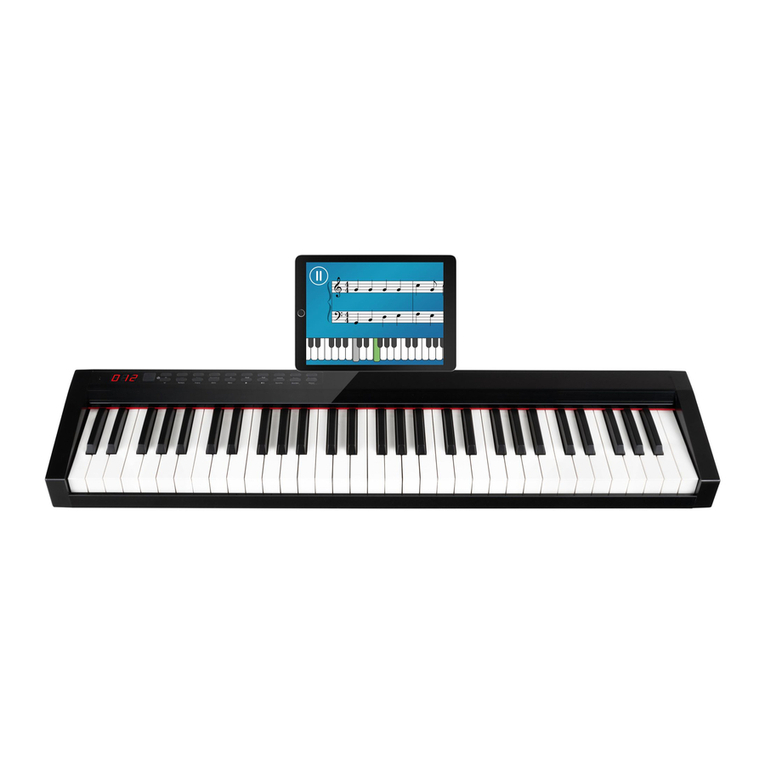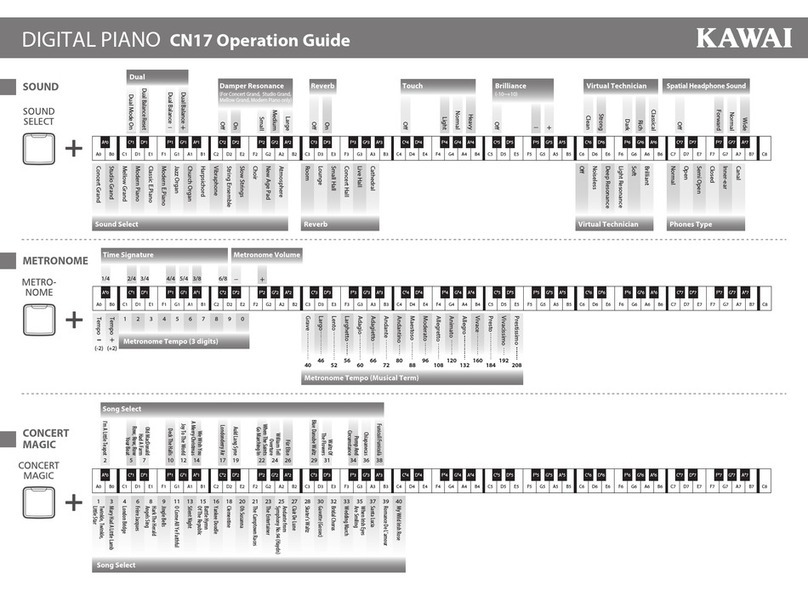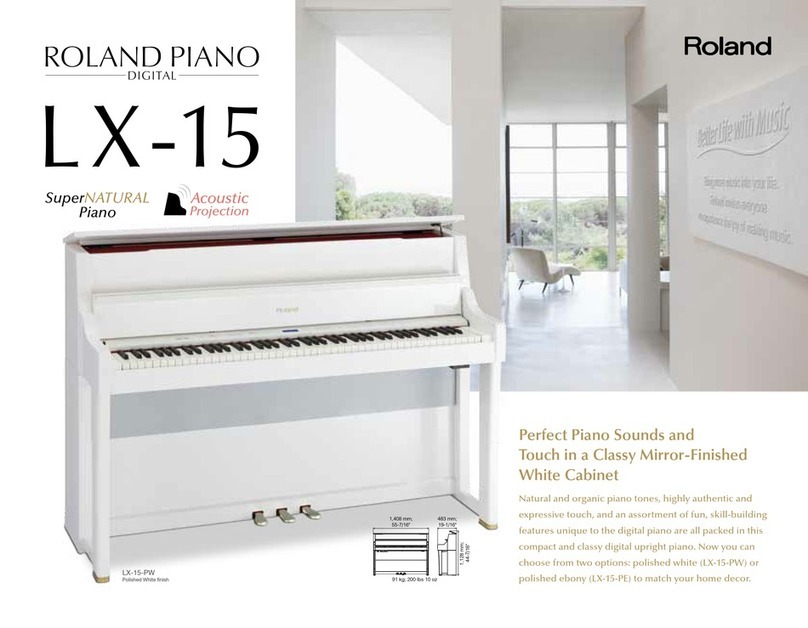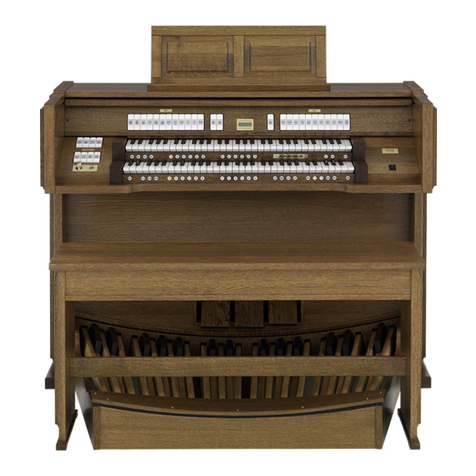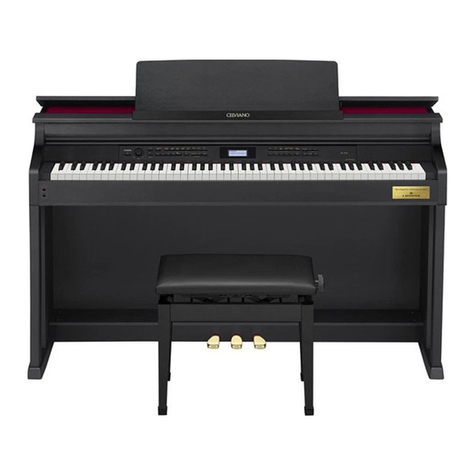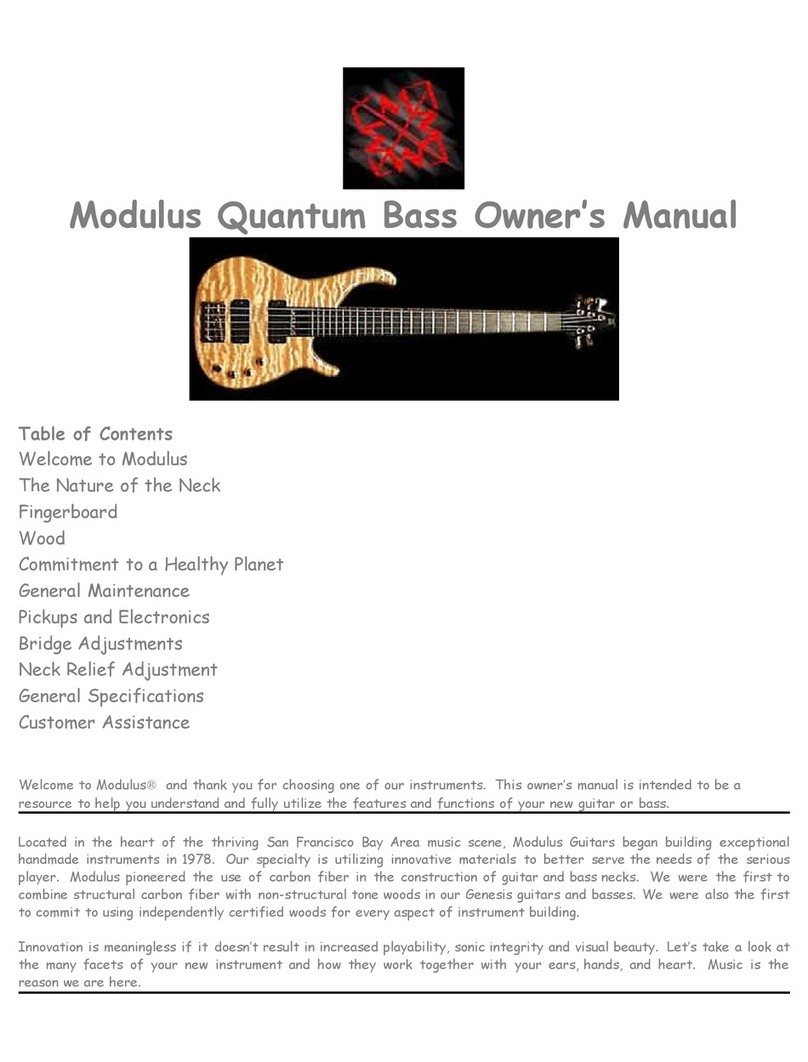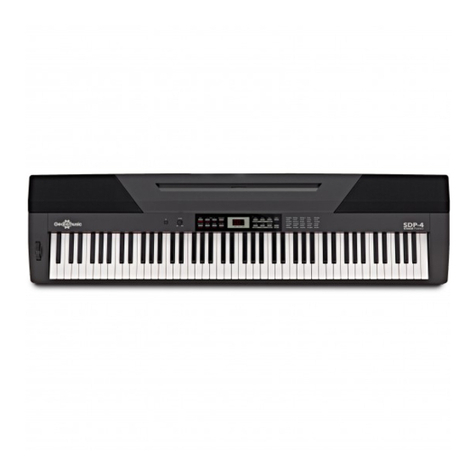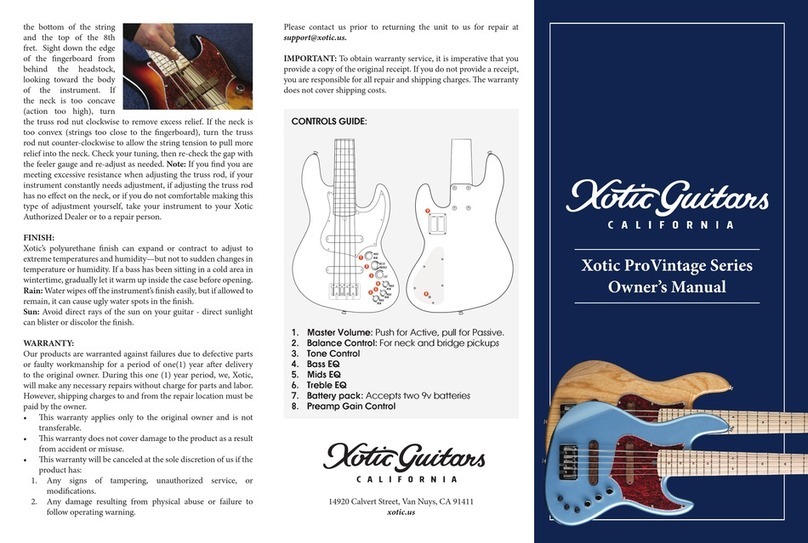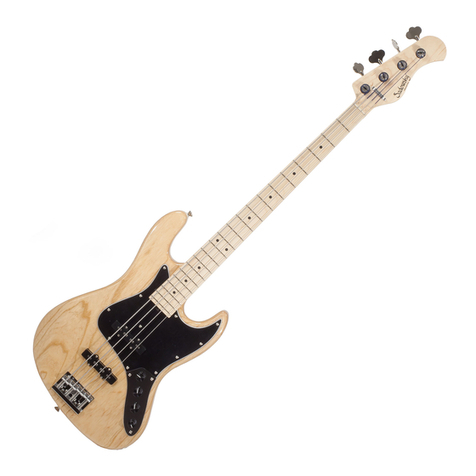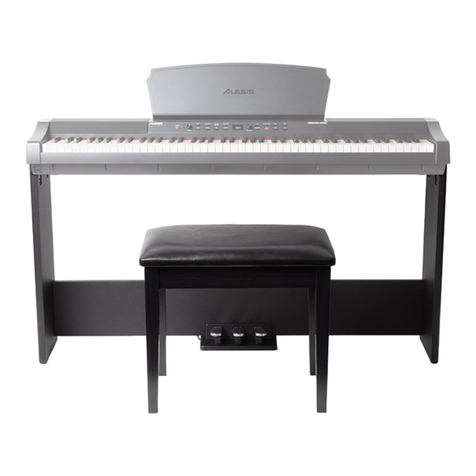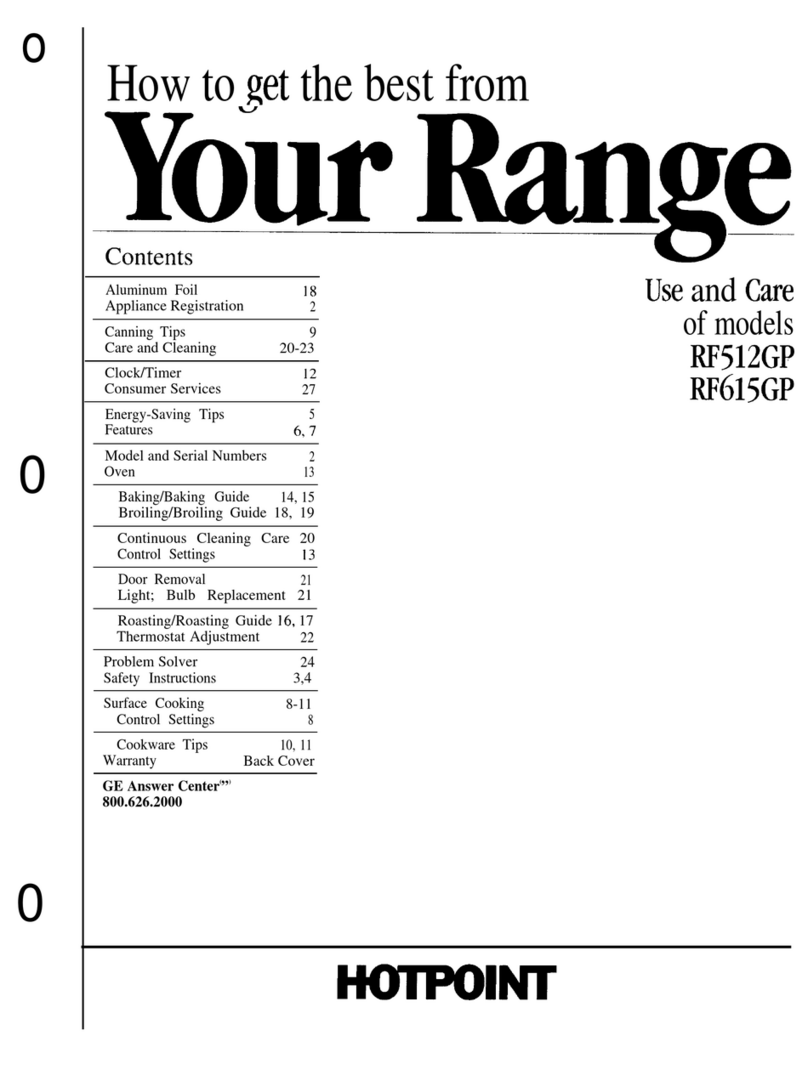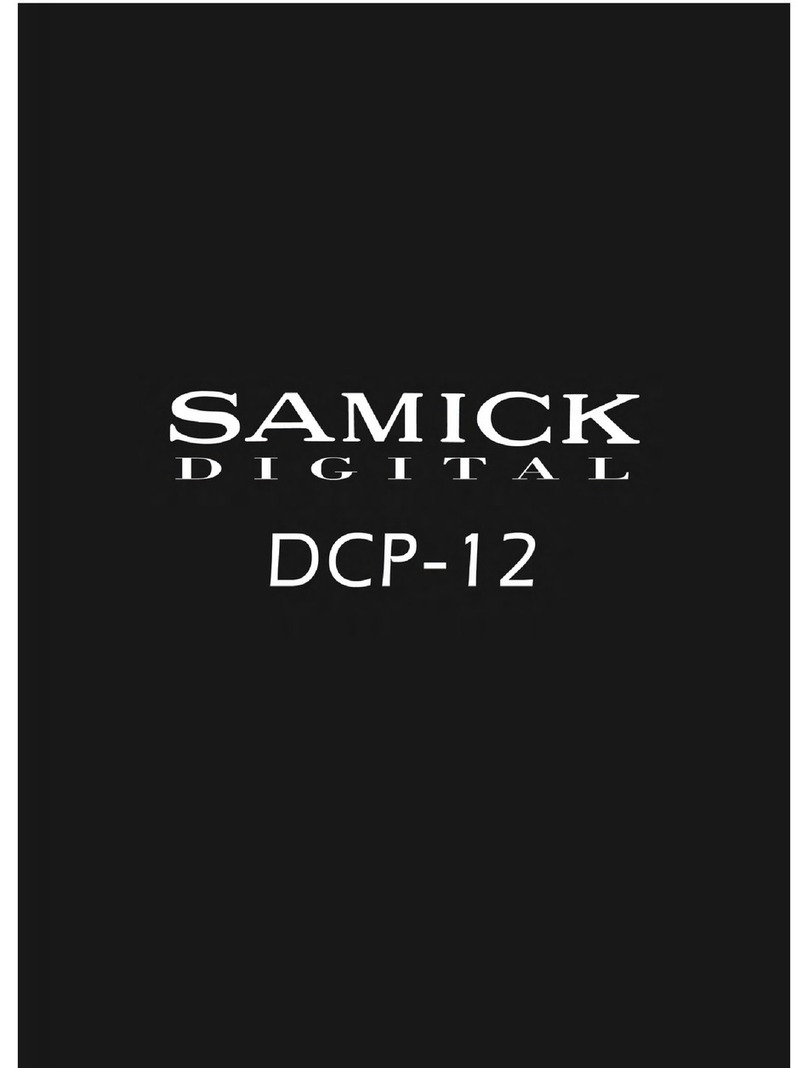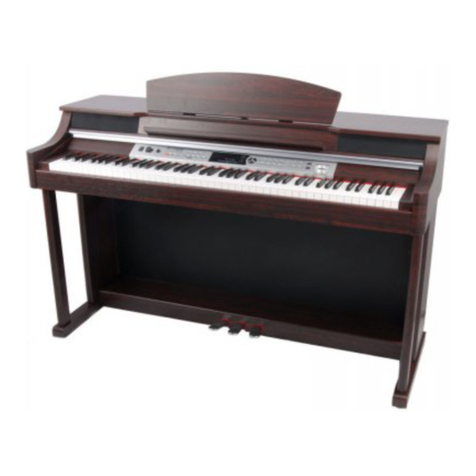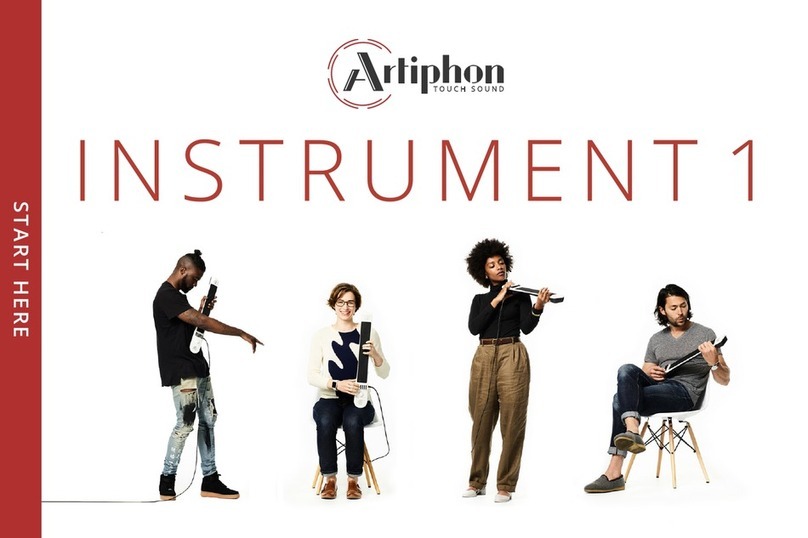
CONTENTS
[o
PRECAUTIONS-
TAKING
CARE
OF
YOUR
РОНТАЗОЦМО.......................
1
CONTROL
PANEL...
rer
ni
rentes
ete
s
rri
opea
ia
see
е
рды
мады
ані
2
PARTI
QUICK:
GUIDE
......,5:5
nie
rii
one
ен
еее
n
t
ni
ние
5
INDEX
ILLUSTRATION
.................
ener
nemen
nent
nnn
ынын
енн
6
PART
П
BASIC
FEATURES
....................................................
7
WHAT
YOUR
PortaSound
CAN
ОО
............................................
sued
Voices,
Rhythm
and
Auto
Accompaniment
7
Неаарнопб$........-
ірек
ipee
тек
P
PEE
Cer
рел
ИПИНЕ
8
Connecting
the
PSS-580
to
Your
Stereo
солане
8
VOICE/MELODY
SECTION
..................
eee
—
8
SELECTING:
A
МО|СЕ
сиса
не
eterni
arab
eani
ann
IE
tn
a
PISTE
NH
E
8
EFFECTS:
scere
tomen
CO
DRE
DM
Ан
ЕКИ
АРИИНЕ
Ара
9
PARAMETER
CHANGE
Settings...
nee
10
TRANSPOSE:
[9]...
deceat
ete
reri
en
er
ни
ам
нана
10
TUNING
[3I
.............
нарин
нин
ын
ИННИ
еннага
нинен
Не
11
MELODY
VOLUME
[5]
nnne
nennen
nnn
11
RHYTHM
MACHINE
FUNCTIONS
...........
2
"cerne
12
STYLE
SELECT—Choosing
the
Rhythm..............
sene
12
RHYTHM
СОМТНОІ............-шишиҡиянннштеь-ь.-ә
12
ЛЕМРО
het
re
dre
DEB
ente
taret
HE
Eee
Eee
eere
t
AC
ТГ
13
ЈУРИ»
ДНА
13
Changing
the
Rhythm
Style
During
Performance
............................................
14
PERCUSSION
Section
...
CUSTOM
DRUMMER
AUTO
ACCOMPANIMENT
FEATURES
MODE
ds
erret
eiie
ORCHESTRATION..........
А)
Single
Finger
Сһогабв........!.2........е
адам.
18
B)
Single
Finger
Auto
Ассотрапітегі...............2....20
29
Шы
ы
19
C)
Fingered
Auto
Ассотрапітеге......................20.00140.01200.010
е
nennen
19
iUa"
аи
а
Т
Лола
А
Пе
Мете
СО
20
SONG
MEMORY...
entente
ne
eth
нн
ЫШ
ӨЙ
ERR PES
eene
ona
senis
21
MELODY
Memory
........о.......шл:.лоұля
ааа
21
CHORD
Метогу...........2.......Һ.1010..0.000150.
——Ó
нана
23
PART
Ш
ADVANCED
FUNCTIONS
..........11:1":(
2e
25
DIGITAL
SYNTHESIZER
...........1.
sese
ener
nnne
25
FM
SYNTHESIS
BASIC
СОЦОВЅЕ........................................
йырын
ЕРЕН
25
1)
Voice
Parameters
and
Values...
"m
25
2)
A
Bit
of
FM
Theory
....................2.2.41.1:07000Т.1240441.Һ
ынын
сынны
25
3)
Creating
бойпав..........
е
а-ы
26
SYNTHESIZER
РАНАМЕТЕВ$.............2......сееееееееененееееен
еее
ее
28
